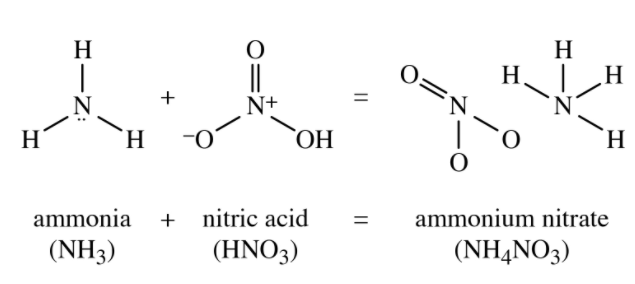Hi Pratul,
I think what constitutes specialty, I have so far not been able to figure out to be honest. Is it based on number of steps in the Chemistry or some sort of patented process of manufacturing? Doesn’t seem to be the case
For eg. Deepak Nitrite is classified as Specialty Chemicals. Phenol (> 50% of topline and bottomline) is a fairly simple compound C₆H₅OH and manufacturing it as well using cumene process that Deepak Nitrite uses is fairly straight-forward and has been around for over 75 years.
Is TAN specialty? I think if Phenol can be specialty chemical, then TAN too perhaps can be. 

Is it based on margins? Volatility in prices of the compounds manufactured? Doesn’t seem to be the case either. For eg. SH Kelkar hasn’t exceeded 20% margins in 10 years but its listed under Specialty Chemicals and Nocil has highly volatile margins but is specialty as well.
BEPL is specialty, Thirumalai is commodity - in reality both are having volatile prices, and are affected by imports.
In my opinion very few businesses listed under Specialty Chemicals are genuinely that - that is with consistent 25%+ margin, multi-step chemistry with integrations at every level - maybe a Vinati, SRF, Atul, Aarti, Fluorochem (going forward) alone may qualify from the businesses I follow (Ignoring Pidilite here)
There is no doubt price tailwinds in a lot of the products Deepak Fertilizer manufactures, as is the case with several other businesses for eg. ABS, PAN, Ethyl Acetate, Phenol and so on. I have no clue how long CNA, TAN prices can hold up. I had priced in IPA weakness when I took positions.
As for the ammonia capex, I took the managements calculations at face value and did not really dig very deep. My understanding of it goes like this - $450/MT is the landed price at their factory and if they manufacture it, it is going to cost $220/MT for gas and $40 for conversion costs and so will save about $190 which will go into EBITDA. As for IRR - they mention it will be in high teens.
Now all this is assuming the base case of prices of Ammonia at around $400. There are times when ammonia volatility takes the prices up to as high as $700 as well (and as low of $170). It is during these times the project could payoff in lumps. Sometimes the cash flow from these years could be 3-4x the normal cashflow (as we have seen in steel and several other commodities).
As for current valuation, it is definitely not the cheap no-brainer it was at 220 when I started buying. Risk is high at these prices and on top of it its under ASM-IV with hardly any liquidity (possibly manipulated as well). If they manage to find a partner to pony up the cash through equity or NCD or some route for the capex, and change their name to Deepak Petchem or something like that,  maybe the removal fertilizer tag alone can let it re-rate a bit more.
maybe the removal fertilizer tag alone can let it re-rate a bit more.
Disc: Have traded in SHK, Nocil, Deepak Nitrite etc. in the past and hold Nocil as well. Invested here with an open mind - will change as things change (I am not ashamed to chicken out of ideas when necessary). Btw, Deepak Nitrite was presented in VP Goa, and I was the idiot who thought phenol prices would crash when this plant came up. How naive I was. So I could be very wrong here as well again (that’s what stoplosses are for)



